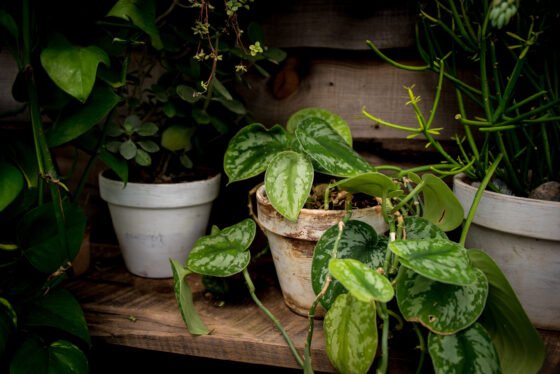
Using natural materials, making your own pot… In the book “A garden without plastic”, the German author and biologist Elke Schwarzer gives advice and tips to cultivate your garden and get green fingers without abusing plastic.
Plastic is everywhere: in shops, in hospitals, in schools, at home. And the impact on the planet of waste from this material is now known to everyone. Did you think there were no green spaces? Think again. Even if you’re careful about buying garden tools in plastic containers, it’s a good bet that plastic will still be found in your yard.
Anyway, “It’s easier to give up plastic in the garden than at home”, says Elke Schwarzer, biologist, blogger and author of the book “A garden without plastic”, published on April 20 by Éditions du Rouergue. The book offers 150 sustainable alternatives to plastic for growing your garden. We chose three.
Buy plants in bulk
Passionate about nature, Elke Schwarzer has been managing her small urban garden in northern Germany since 2003, which, despite the limited area, is home to many wild plants that she also uses in the kitchen. And to get supplies, she prefers to turn to local nurseries or bet on plant fairs.
“At the weekly market, plants are also often sold without pots, in the newspaper. I have also found countless perennials and bulbs in wild landfills in the woods or hiding in bushes near community gardens”explains the blogger.
Make your own pots
“The attic and the basement are often the caves of Ali Baba in ideas, waiting to come into the light and end up in the garden”, says Elke Schwarzer. Instead of the traditional plastic pot, you can opt for old objects with a system that allows the water to flow. An old coffee maker, pans, a pot, a metal container…. You can also make your seedling pots with old egg cartons or by rolling up small wooden cylinders with newspaper.
“With bicycle rims, you can create plant borders by cutting them in half or, if you attach them to the wall, as a support for climbing plants. Ideas abound as you walk through the city, as the space available for plants is limited and the inhabitants show a lot of creativity. In Amsterdam, for example, you will find cans, mailboxes or old metal trash cans on every street corner, lovingly lined with plants in all colors and sizes.”notes the biologist.
Prioritize wood
Whether for your furniture, your plant beds or your compost, almost anything can be done in wood, the material most commonly used in gardens before the advent of plastic, recalls Elke Schwarzer. To ensure the durability of her equipment, the author recommends the use of European and resistant woods, such as larch, pine, oak or chestnut.
ETX Daily Up